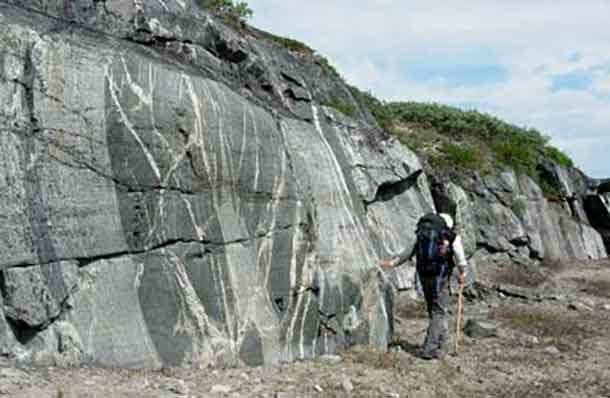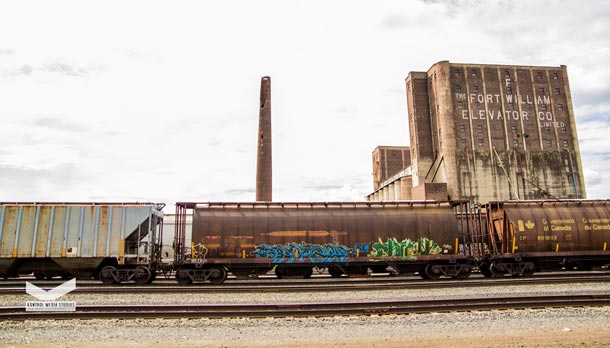

OTTAWA – Analysis of rock samples harvested from the Canadian Shield suggests the samples contain components of Earth’s crust that existed more than 4.2 billion year ago.
There is much about Earth’s ancient crust that scientists don’t understand. This is because most of the planet’s original crust simply isn’t around any longer to be studied directly–it has either sunk back into the planet’s interior due to the action of plate tectonics or been transformed by geological activity at Earth’s surface to make new, younger rocks.
“Finding remnants of this ancient crust has proven difficult, but a new approach offers the ability to detect the presence of truly ancient crust that has been reworked into ‘merely’ really old rocks,” Carlson said.
The approach employed in this study examined variations in the abundance of an isotope of the element neodymium, which is created by the radioactive decay of a different element, samarium.
Isotopes are versions of an element that have the same number of protons, but different numbers of neutrons, causing each isotope to have a different mass. The isotope of samarium with a mass of 146 is unstable and decays to the isotope of neodymium with a mass of mass 142. (If you’re interested in knowing how, it does this by emitting what’s called an alpha particle–composed of two neutrons and two protons–from its nucleus.)
Samarium-146 is a radioactive isotope that has a half-life of only 103 million years. That may sound like a long time, but in geological terms it is really quite short. While samarium-146 was present when Earth formed, it became extinct very early in Earth’s history. We know of its existence from the study of very ancient rocks, especially meteorites and samples from Mars and the Moon.
Variations in the relative abundance of neodymium-142 compared to other isotopes of neodymium that didn’t originate from decaying samarium reflect chemical processes that changed the ratio of samarium to neodymium in the rock while samarium-146 was still present–basically before about 4 billion years ago.
The results and related interpretations improve scientists’ understanding of the evolution of the oldest elements of Earth’s continental hard outer layer. Recreating the nature of Earth’s first crust is difficult because geologic activity has created turnover that drove most of it back into Earth’s interior.
While some slivers of 4-billion-year-old crust remain in the rock record, only isolated zircon mineral grains are dated to be older.
Jonathan O’Neil and Richard W. Carlson analyzed isotope ratios of samarium and neodymium in rocks collected from the Superior Province, the region in Canada just north of the Great Lakes. The samples are mostly made up of a type of granite that formed 2.7 billion years ago, but the two researchers note that the formation of these magnesium-deficient rocks requires the “recycling” of older, magnesium-rich rocks.
Given the age of the samples, the time it would take for them to form from recycled magnesium-rich rocks, and the ratio of samarium and neodymium isotopes in the samples, the authors suggest that reworked crust – older than 4.2 billion years – is mixed into the 2.7-billion-year-old rocks of the Superior Province.
They preserve the signature of an early differentiation in the Earth, one presumably related to the formation of a primordial crust that took shape within the first few hundred million years of Earth’s history.



